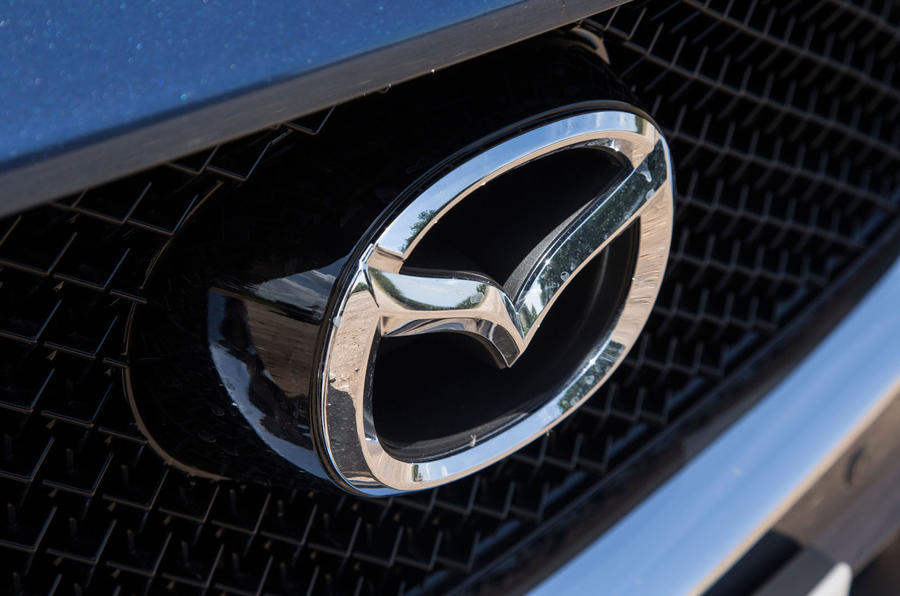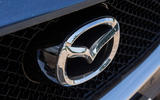Mazda has confirmed that it will launch its first two electrified cars in 2020: a full battery EV and a rotary-engined hybrid range extender.
The Japanese firm has a long history of producing rotary-engined cars but hasn’t had one in its line-up since the RX-8 went out of production in 2012. The firm has been developing the rotary hybrid for several years, with engine boss Mitsuo Hitomi previously telling Autocar the powertrain would be “much, much quieter” than other hybrids.
Mazda to bring rotary engine back as range-extending hybrid
Mazda believes that the small size and comparatively high output of a rotary engine make it easier to include multiple ‘electrification solutions’ – suggesting it could utilise several small electric motors. Mazda says the rotary engine will also be able to run on liquefied petroleum gas (LPG).
Regarding its full EV, Mazda said it is “committed to the pursuit of driving pleasure”, adding that it will exploit the advantages of an electric powertrain to produce cars that fulfill its commitment to “the exhilaration of driving”.
In pictures: the glorious history of rotary-engined Mazdas
Mazda didn’t give any details of what form the EV or rotary hybrid cars would take, or whether they will be new cars or versions of existing models.
The firm has committed to reducing its ‘well-to-wheel’ CO2 output – emissions produced in the manufacturing process as well at the tailpipe – to 50% of 2010 levels by 2030 and to 90% by 2050.
To achieve that, Mazda says it expects its entire range to be electrified by 2030, with 95% of its cars featuring some form of hybrid powertrain. The remaining 5% will be full electric vehicles.
However, Mazda bosses have raised doubts that pure EVs are the only route to reducing wheel-to-well emissions, noting that how clean the electricity is depends on where it is produced.
Mazda has been developing a wide range of technology, including more efficient compression ignition petrol engines and algae-based biofuels – and it says the latter could be “critical” to achieving carbon neutrality of cars in the future.
Read more
Mazda to bring rotary engine back as range-extending hybrid
In pictures: the glorious history of rotary-engined Mazdas
Mazda 3 Skyactiv-X 2019 prototype: compression ignition petrol engine driven













Join the debate
Add your comment
Great idea
This sounds great on paper. The rotary design is a good one albeit with reliability issues which as some have pointed out will take less strain with the support of an ev unit. I expect performance to be incredible!
Great idea
The idea of using a rorary engine as a range extender is a great idea. In this application it can be very small and low powered and because it need only run intermittently it's relative lack of efficiency isn't so important.
The only question is, will Mazda be able to produce it cheaply and sell enough to offset the high development cost?
RX-7
I've always thought a hybrid RX makes complete sense. High revving, but inherently torque deficient rotary for the top-end buffered by high torque electrics at the low end in a Konigsegg Regera-like config. Still relatively low weight. Great sound. Improved efficiency.